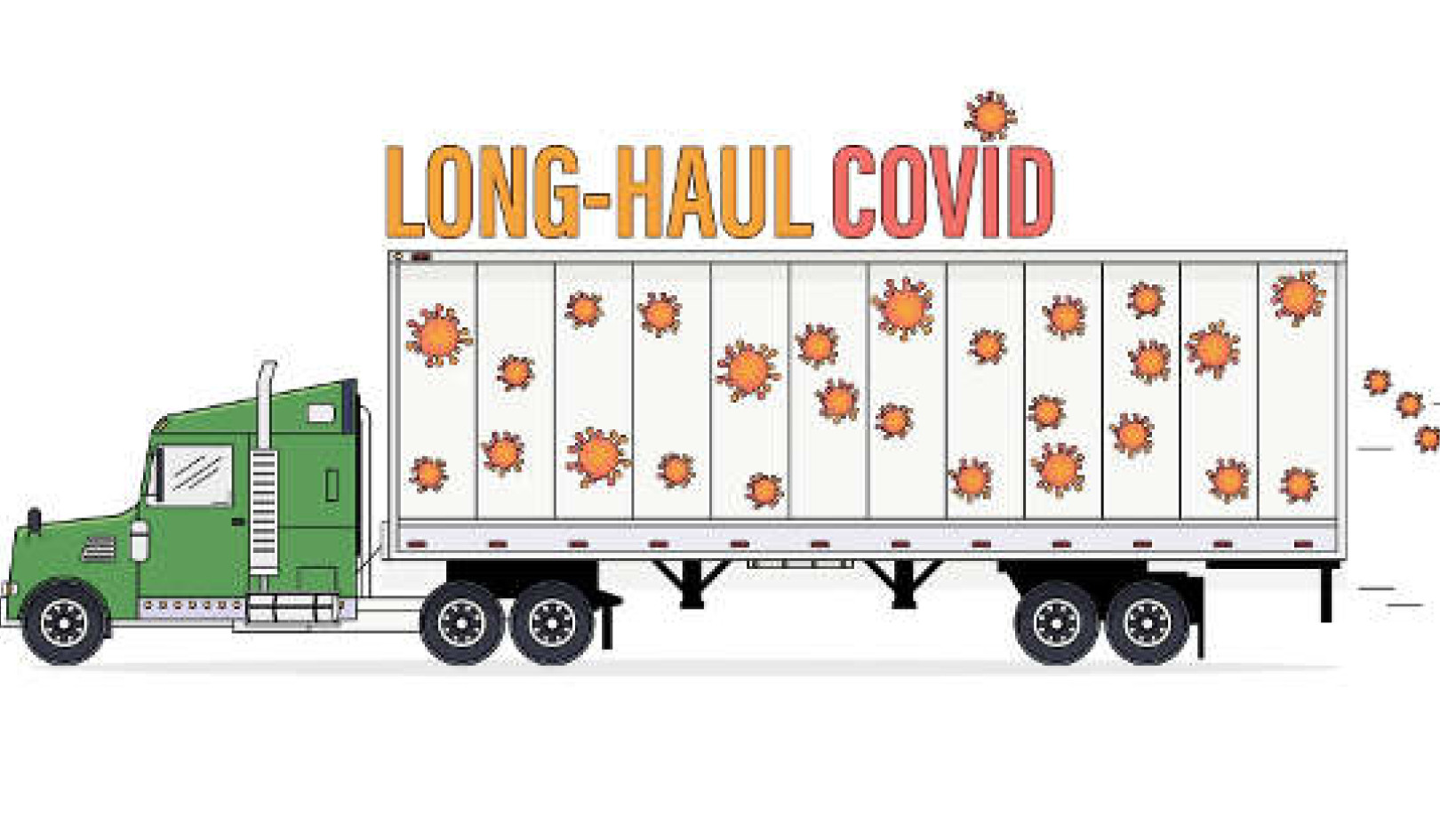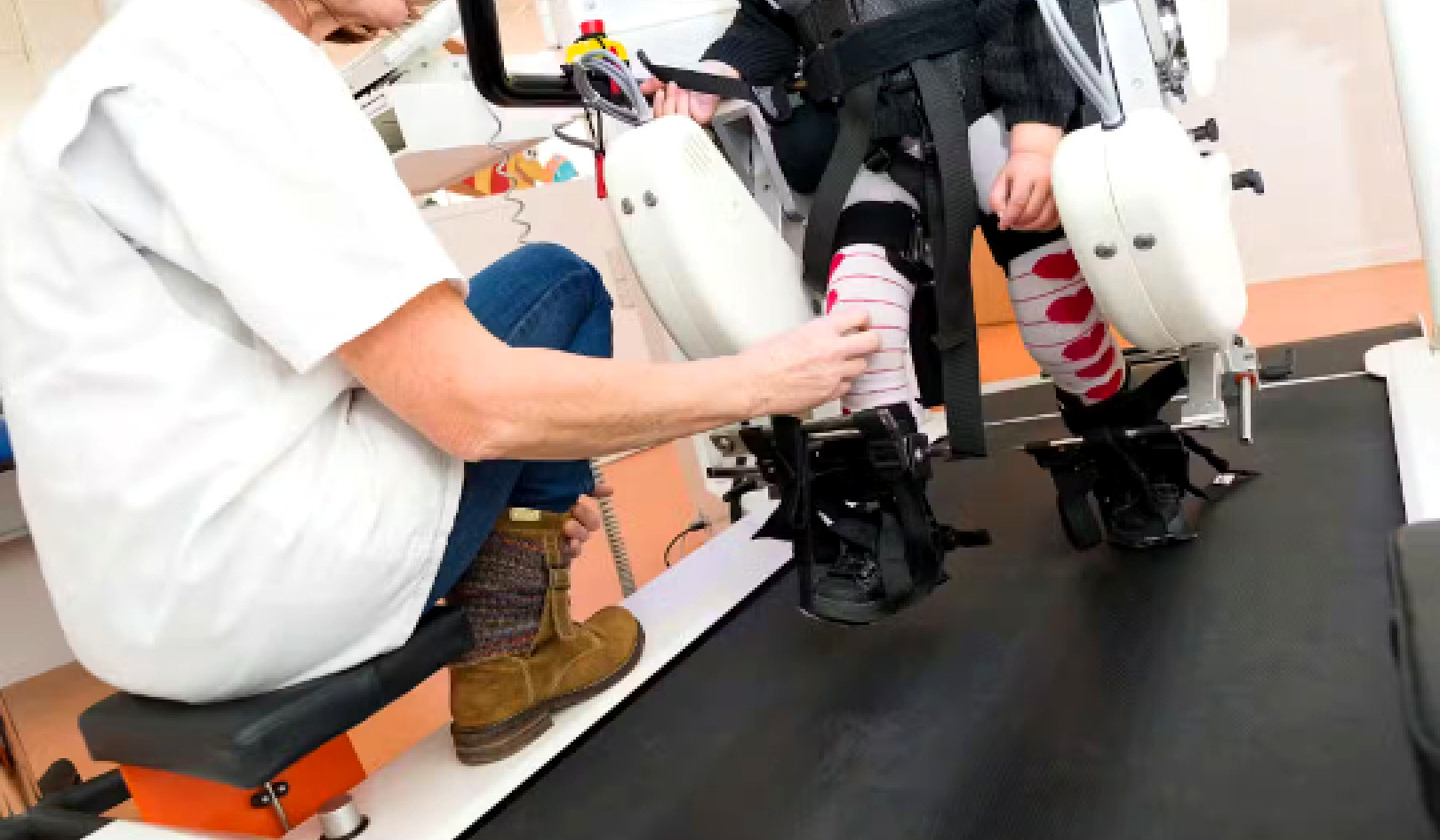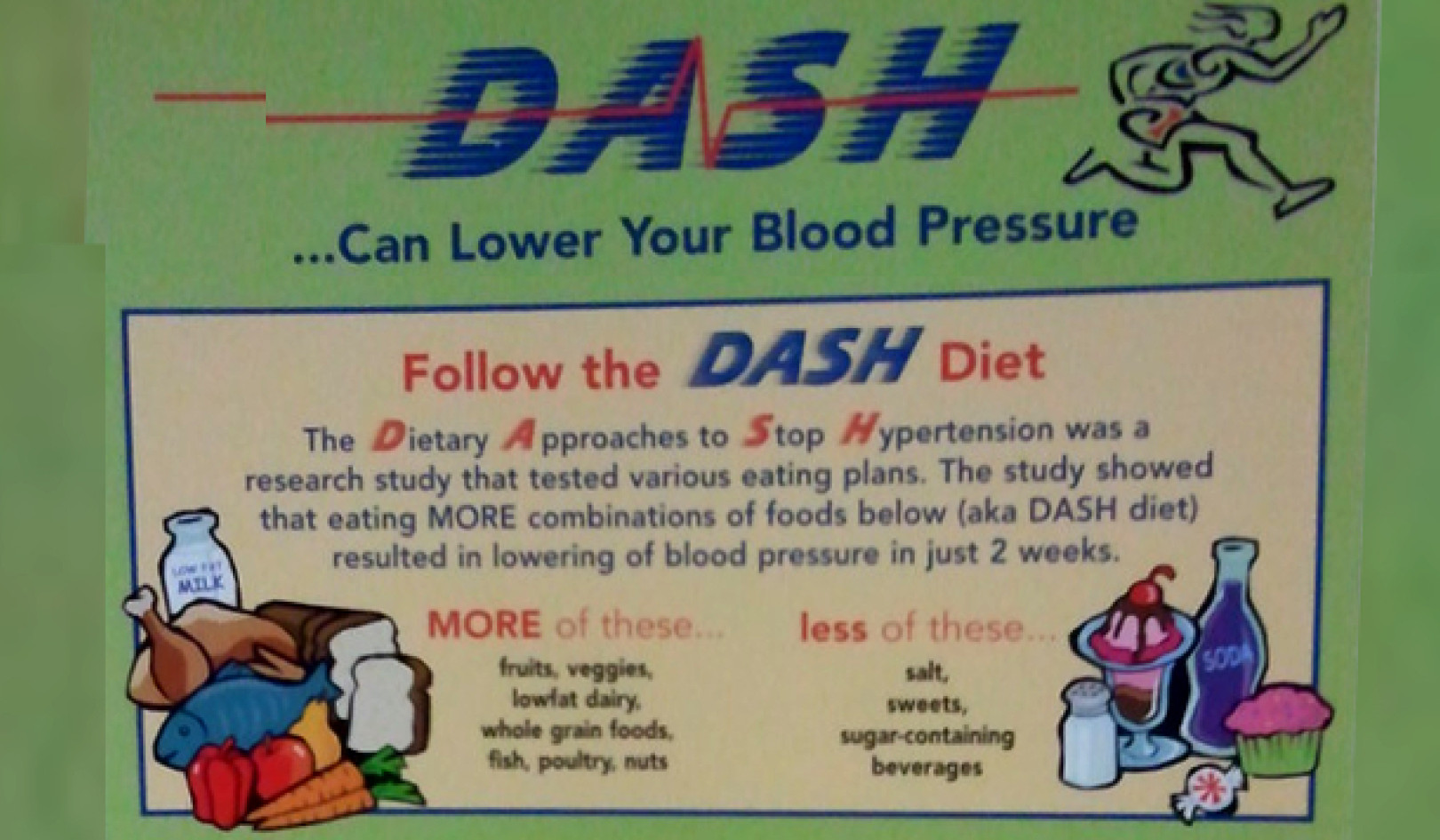
To transcend fear, you must be willing to risk.
You must be willing to go beyond your comfort zone.
—Terry Cole-Whittaker
When you accept responsibility for your actions, emotions, and responses, you learn to become more con?dent in your ability to handle all that life throws at you, and you become your own safety net whenever worries and doubts arise. Instead of worrying incessantly while trying to avoid problems and stuffing them inside, you deal with them. Stress and unresolved con?ict are like little time bombs ready to explode into worry and increased anxiety. The time to defuse the bomb is as soon as you see it.
Taking responsibility for yourself and your choices is incredibly self-empowering. Your life begins anew each day. It is time for you to establish a new plan of action, to set new goals, and to take measured risks by doing things outside your comfort zone.
How To Expand Your Comfort Zone
How much has fear narrowed your comfort zone, and how can you expand it? Create a list of things you would like to do but don’t, because you worry about them.
Don’t put it off or analyze it forever; start small. Ultimately, deciding whether or not to do something boils down to just how badly you really want to do it. Are you willing to make the changes needed to get what you want, to feel good again, and to empower yourself? To reprogram your thinking, create Say-So manifestos (and remember to construct them in the present tense). How do you want to feel?
I can take care of myself.
I am talented and insightful.
I am strong and capable.
I am loving and attractive.
Imagine Yourself Joyfully Doing the Things You Fear
Begin to see yourself joyfully doing the things you listed. Pack your manifestos with powerful positive emotions. Open up to the idea that these are things in your realm of possibility. See it and believe it!
Several times a day, see yourself in the scene you create. Begin to bombard your echo chamber with the idea that you can achieve whatever you set your mind to. Be open to the way your dreams manifest in your life.
Getting Past Our Limitations: Tackling the Upper Limit Threshold
Sometimes our earnest attempt to overcome worry hits a snag. We just can’t seem to move beyond our limitations despite our efforts. Gay Hendricks, PhD, calls this an “upper limit” problem [ The Big Leap: Conquer Your Hidden Fear and Take Life to the Next Level ]. Each of us has an invisible thermostat that governs our behavior and expectations for what we can or cannot do. These self-imposed limits determine how much love, creativity, and success we allow ourselves to experience. Often this thermostat range is set in our childhood before we are able to evaluate it.
Perhaps we notice disapproval from our mother when we out-shine one of our siblings, experience the ire of other students when we excel in school, or learn that we shouldn’t express all of our feelings. We quickly decide to keep our talents in check so as not to potentially hurt the feelings of others or upset the status quo. Such misplaced altruism creates limiting beliefs about how much we can and should accomplish. We unconsciously learn to stay within our self-imposed zones and not risk moving beyond them.
What is clear is that once we arrive at our threshold, our powerful inner programming tries to keep us there. At its fundamental level, the upper limit threshold says, “It’s not safe to go beyond this zone” or “I’m fundamentally ?awed and don’t deserve better.” As a result of our worries and fears, instead of taking a risk to get something better, we retreat into our familiar, more secure territory. We may be confused and upset that the same old thing keeps happening.
What we need to realize is that we have somehow imposed an unconscious barrier to obtaining our desires. We are unconsciously worried and afraid to risk moving beyond our upper limit. But often we are not happy in this zone of restriction. Somewhere within us, in our higher self, we realize we are holding ourselves back. This duality sets in motion con?ict between what we want versus what happens to us. When old, limiting beliefs clash with newer programming for positive feelings, only one of them can win.
Taking The Leap Out of Worry Into Risk... and Into Success
 Christine was an energetic, enthusiastic, hardworking television journalist who was quickly excelling in her career. Starting as a reporter for the early morning news, she was soon promoted to do reporting for the evening news, which had many more viewers. The station decided to start a new daily show that featured uplifting and positive stories. They needed an anchor to host the program. Everyone thought Christine was a shoo-in for the spot — everyone except Christine. She worried that this was too much of a stretch for her; she worried that she wouldn’t be able to afford all the new clothes that she would need to buy since she would be in the daily spotlight; she worried it would be too stressful and time-consuming.
Christine was an energetic, enthusiastic, hardworking television journalist who was quickly excelling in her career. Starting as a reporter for the early morning news, she was soon promoted to do reporting for the evening news, which had many more viewers. The station decided to start a new daily show that featured uplifting and positive stories. They needed an anchor to host the program. Everyone thought Christine was a shoo-in for the spot — everyone except Christine. She worried that this was too much of a stretch for her; she worried that she wouldn’t be able to afford all the new clothes that she would need to buy since she would be in the daily spotlight; she worried it would be too stressful and time-consuming.
When Christine discussed her concerns and worries with her best friend, Mary, she got another view. Mary mentioned that she had just attended a workshop on how we self-sabotage. We are always better than we think. We hold ourselves back or create circumstances that prevent us from moving forward. Why? Because of an invisible barrier of which we are seldom aware. The barrier is our upper limit set point.
Christine did some soul searching over the weekend and decided that her concerns about clothes, stress, and time were a smokescreen for her worries over whether or not she was good enough for the job.
Christine decided to take the leap out of worry and into risk. She applied for the job and got it. And, oh yes, she got a salary increase that was more than enough to help buy those new clothes she would need. People loved her warm and friendly style. She was an instant hit.
The universe does not set limits; we do. That also means we can remove our own barriers.
*subtitles by InnerSelf
©2012 by Kathryn Tristan. All Rights Reserved.
Reprinted with permission from Atria Books/
Beyond Words Publishing. www.beyondword.com
Article Source
Why Worry? Stop Coping and Start Living
(previously published as "Anxiety Rescue" - revised and expanded)
by Kathryn Tristan.
 Kathryn Tristan’s hands-on, solution-oriented book empowers you to break free from constant fear, worry, and anxiety. She shows how to eliminate automatic doomsday thinking and take back control of your own life.
Kathryn Tristan’s hands-on, solution-oriented book empowers you to break free from constant fear, worry, and anxiety. She shows how to eliminate automatic doomsday thinking and take back control of your own life.
Click here for more info and/or to order this book on Amazon.
About the Author
 Kathryn Tristan is a research scientist on the faculty of Washington University School of Medicine. She has written or co-authored more than 250 articles in leading health or science publications including PARADE Magazine and Scientific American Medicine. Kathryn writes and speaks on overcoming worry, anxiety and fear from a deeply personal as well as professional level. For many years, she struggled with anxiety while unsuccessfully trying traditional routes to overcome her challenges. Finally, she found a way to recover permanently by doing things differently and working from the inside out using holistic strategies for the mind, body, and spirit. Visit her website at www.whyworrybook.com
Kathryn Tristan is a research scientist on the faculty of Washington University School of Medicine. She has written or co-authored more than 250 articles in leading health or science publications including PARADE Magazine and Scientific American Medicine. Kathryn writes and speaks on overcoming worry, anxiety and fear from a deeply personal as well as professional level. For many years, she struggled with anxiety while unsuccessfully trying traditional routes to overcome her challenges. Finally, she found a way to recover permanently by doing things differently and working from the inside out using holistic strategies for the mind, body, and spirit. Visit her website at www.whyworrybook.com
























